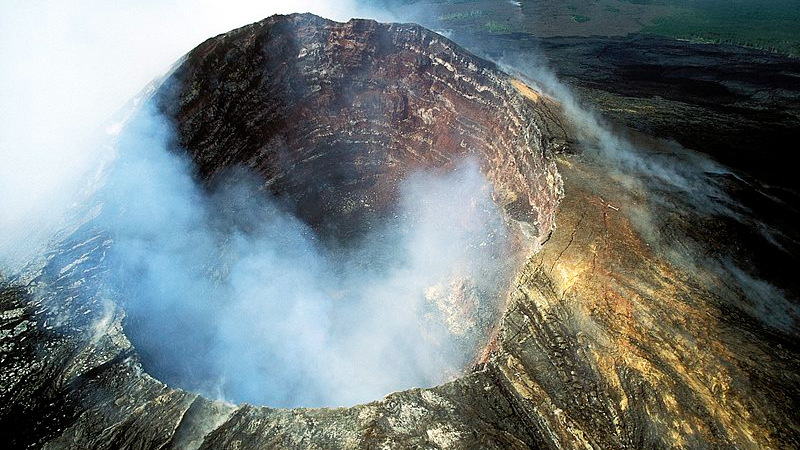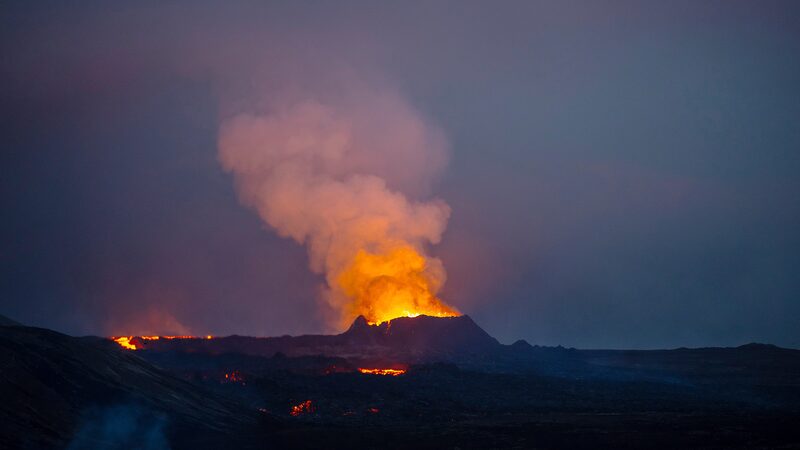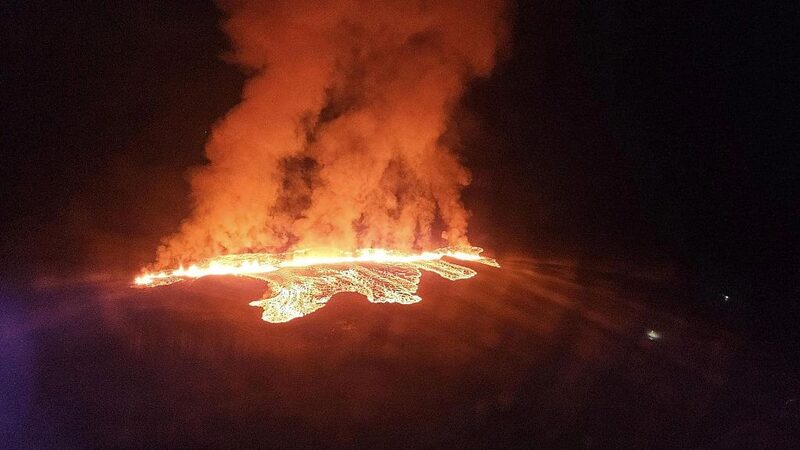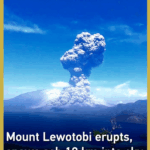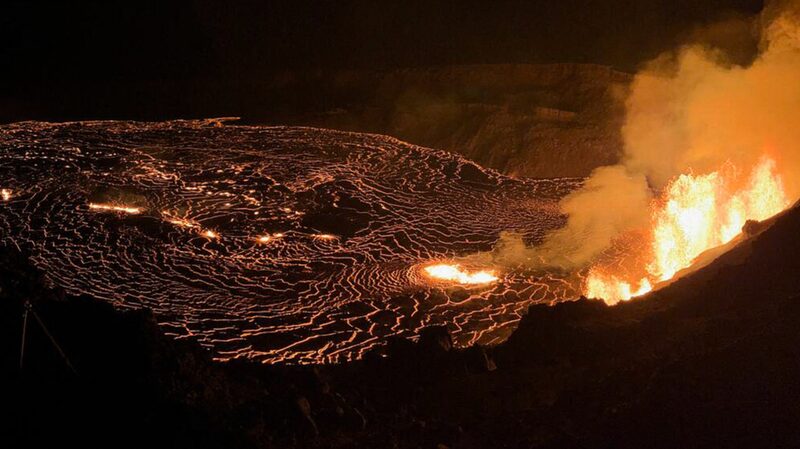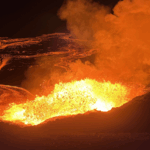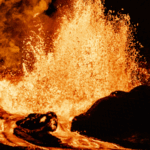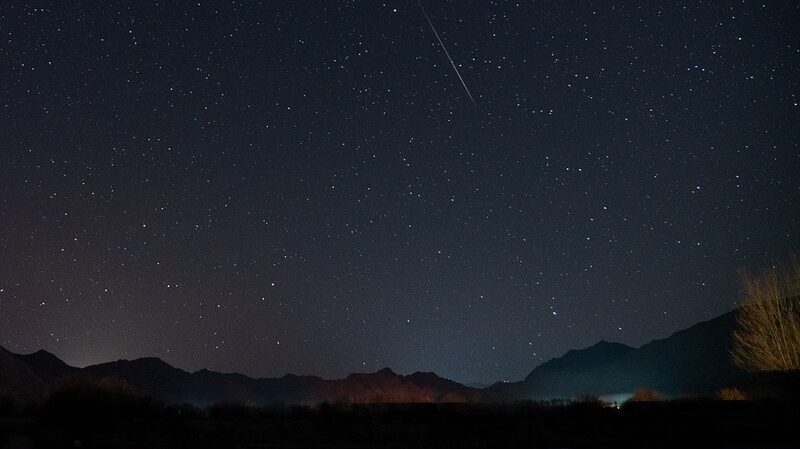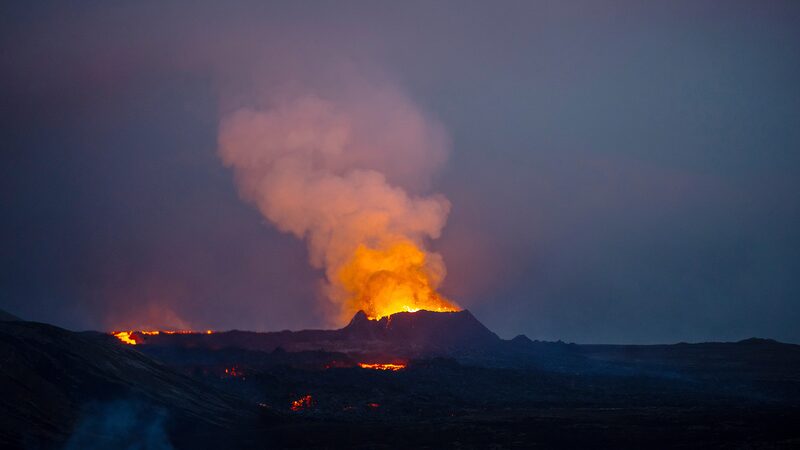One of Earth's most active volcanoes is making headlines again as Kilauea on Hawaii's Big Island enters a new phase of intensified activity. Satellite imagery and ground reports confirm fresh lava flows emerging from the summit caldera as of November 24, 2025, creating both awe and concern among residents and scientists.
The current eruption continues a pattern of heightened volcanic activity observed throughout this year. While not yet approaching the scale of Kilauea's devastating 2018 eruption, the latest flows have already forced temporary closures within Hawaii Volcanoes National Park. Park officials emphasize visitor safety remains their top priority, with designated viewing areas being monitored around the clock.
Volcanologists from the US Geological Survey's Hawaiian Volcano Observatory report the eruption remains contained within Halemaʻumaʻu crater. "What we're seeing now is characteristic of Kilauea's current eruptive phase," explained observatory lead researcher Dr. Eleanor Carter. "While visually dramatic, the activity poses no immediate threat to populated areas."
The eruption comes as Hawaii's tourism industry enters its peak season. Local businesses report mixed reactions, with some adventure tourism operators seeing increased bookings while agricultural exporters monitor potential transportation disruptions. The state's Civil Defense Agency has issued air quality alerts due to elevated sulfur dioxide levels downwind of the eruption site.
Cultural practitioners note the deep significance of this event for Native Hawaiian traditions, with protocols being observed to honor Pele, the deity associated with volcanoes. Meanwhile, climate scientists are studying the eruption's potential short-term impacts on regional weather patterns.
Travelers planning Big Island visits are advised to check official updates from Hawaii Volcanoes National Park and the Hawaii Tourism Authority. Next week's Asia-Pacific Economic Cooperation (APEC) environmental summit is expected to include discussions on disaster preparedness strategies informed by current volcanic activity.
Reference(s):
Live: Lava flows from Kilauea Volcano on Hawaii's Big Island
cgtn.com
